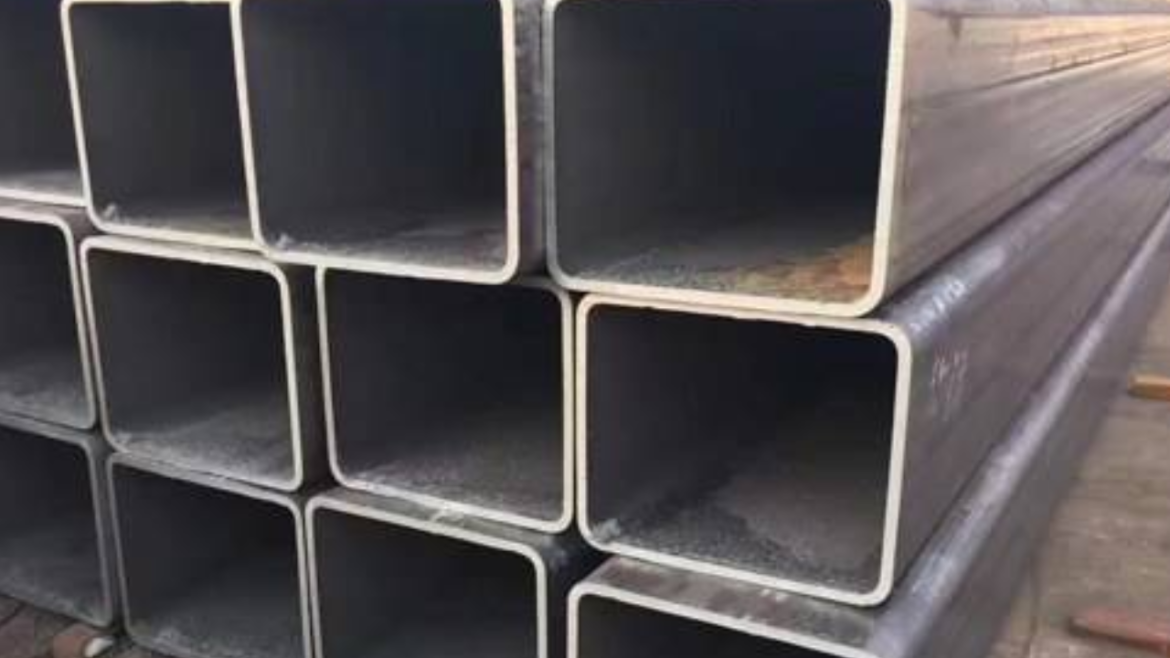Schedule 40 steel pipe weight charts provide valuable information about the load of metal pipes with unique dimensions and wall thicknesses. These charts usually list the weights of pipes in numerous sizes and lengths, allowing engineers, designers, and contractors to quickly decide the load of individual pipe sections or whole piping structures. The weight of a steel pipe is vital for several reasons. It influences transportation fees, structural layout considerations, load-bearing capacities, and standard mission planning.
By way of referencing Schedule 40 metal pipe weight charts, experts can appropriately estimate material requirements, pick suitable pipe sizes, and calculate support and anchorage wishes. The schedule 40 steel pipe weight per foot is based totally on standardized dimensions and wall thicknesses certain via industry standards, inclusive of ASTM and ASME. They will also consist of additional records, together with cloth specifications, nominal pipe sizes, and allowable operating pressures.
The Importance of Schedule 40 Steel Pipe Weight Charts
This article explores the significance of schedule 40 steel pipe weight charts in engineering and layout, highlighting their function in ensuring safety, performance, and value effectiveness in numerous projects.
Material Selection
Schedule 40 steel pipe weight charts are critical for material selection in construction and engineering tasks. By supplying correct weight information for exclusive pipe sizes and configurations, these charts permit engineers and architects to choose the most suitable substances for their applications. Considering the load of steel pipes enables you to optimize structural designs, decrease material prices, and ensure compliance with safety standards.
Structural Design
In structural layout, schedule 40 metal pipe weight charts are priceless equipment. By correctly determining the weight of metal pipes, engineers can make informed choices about load-bearing capacities, material choice, and universal structural integrity. This information ensures that designs meet protection standards while also optimizing fabric utilization and cost-effectiveness. Additionally, schedule 40 steel pipe weight charts facilitate efficient plans and installation methods, leading to streamlined construction workflows and successful project consequences.
Load Analysis
Schedule 40 steel pipe weight charts are crucial for load analysis in construction initiatives. With the aid of presenting unique weight statistics for different pipe sizes, these charts allow engineers to accurately calculate the full weight of piping systems. This information is important for figuring out the masses imposed on assisting structures, such as beams and foundations. By incorporating the burden of metal pipes into load evaluation, engineers make sure that structures can thoroughly face up to the predicted forces and loads, improving common safety and balance.
Transportation And Handling
Schedule 40 steel pipe weight charts play a crucial role in transportation and managing logistics. With the aid of presenting correct weight statistics for one-of-a-kind pipe sizes, these charts assist in estimating delivery fees, choosing suitable transportation motors, and making plans for coping with approaches. Knowing the weight of steel pipes helps prevent overloading at some stage in transportation. This guarantees that materials are transported competently and introduced to the construction site without delays or complications.
Cost Estimation
Schedule 40 steel pipe weight charts are critical for correct value estimation in construction projects. By imparting weight facts for diverse pipe sizes, those charts allow engineers and mission managers to evaluate cloth charges more effectively. This statistic allows for higher budgeting, aid allocation, and value manipulation for the duration of the assignment lifecycle. By thinking about the load of steel pipes, stakeholders can develop more accurate challenge estimates, leading to stepped-forward monetary planning and venture management.
Compliance and Standards
Schedule 40 steel pipe weight charts contribute to compliance with enterprise standards and regulations. They make certain that piping structures meet distinct weight requirements that are often dictated by requirements such as ASTM or ASME. By adhering to these standards, engineers and contractors ensure the structural integrity and protection of installations. Compliance with weight specs also enables regulatory approvals and certification tactics, making sure that tasks meet quality and protection requirements.
Conclusion
Schedule 40 steel pipe weight charts are essential tools for engineers, designers, contractors, and undertaking managers worried about production, infrastructure, and business tasks. These charts provide critical information about the weight of metallic pipes, permitting experts to make informed selections about material choice, structural design, transportation logistics, and cost estimation. By leveraging schedule 40 metallic pipe weight charts efficiently, stakeholders can ensure the protection, efficiency, and fulfillment of their initiatives while optimizing resources and minimizing risks.
